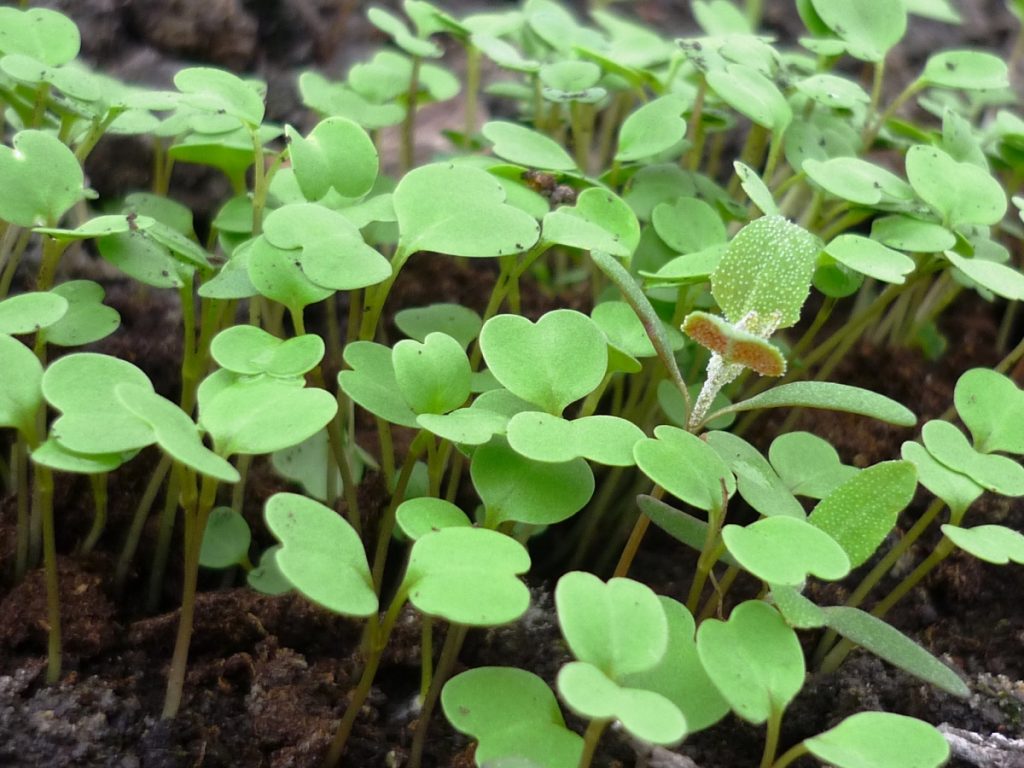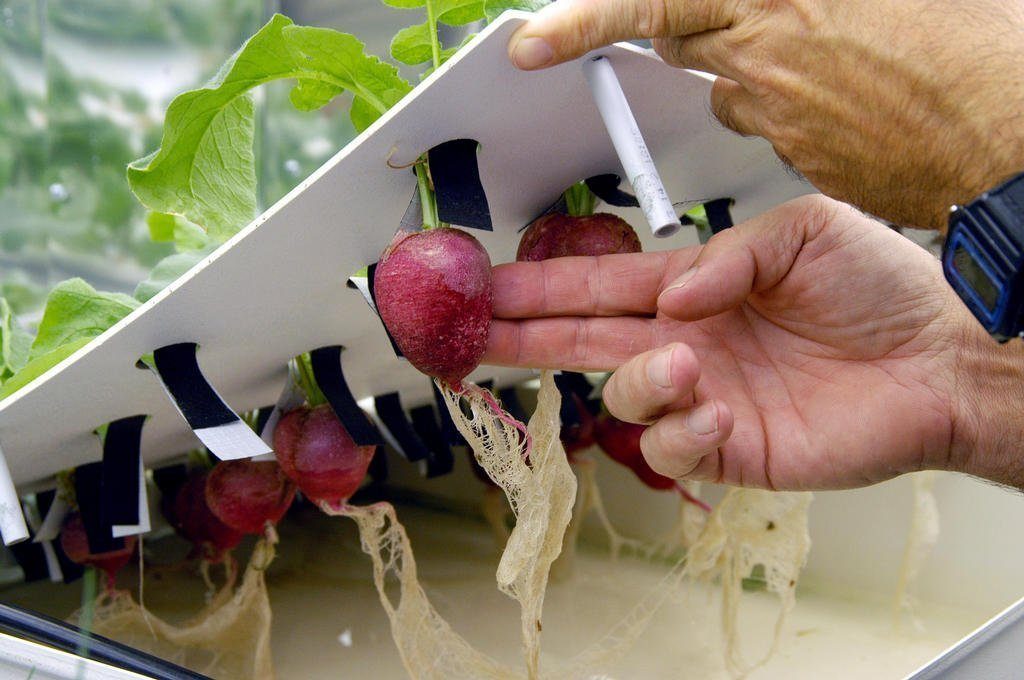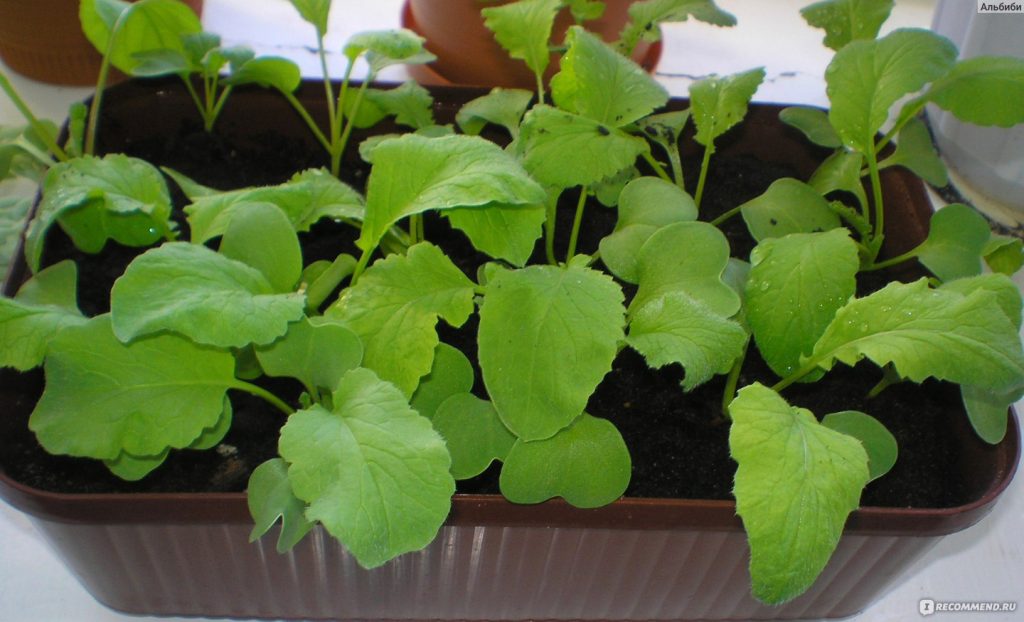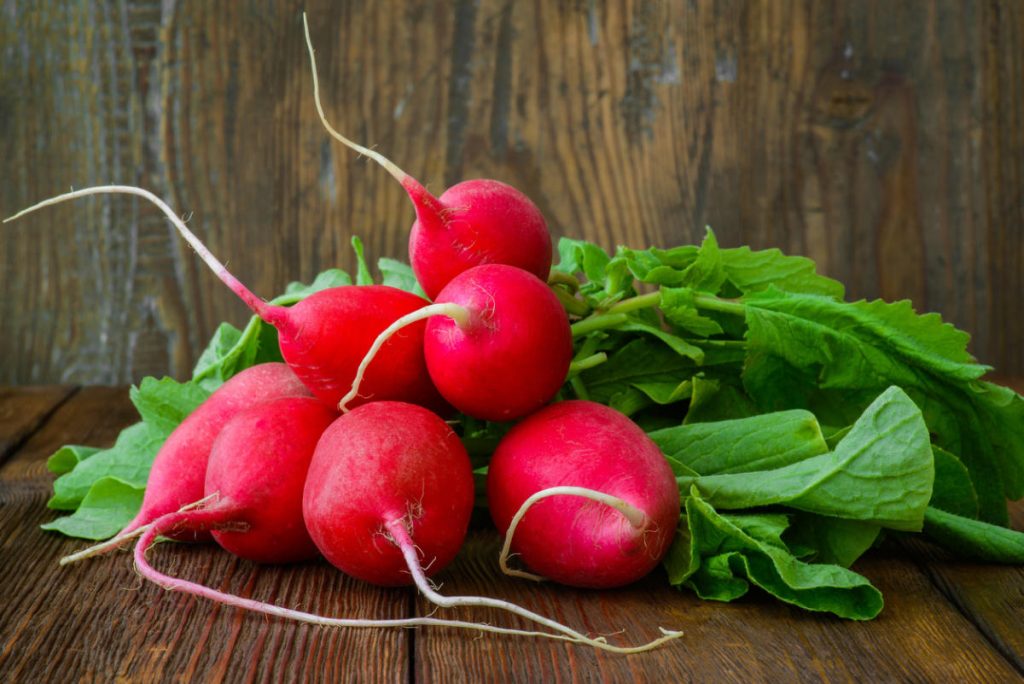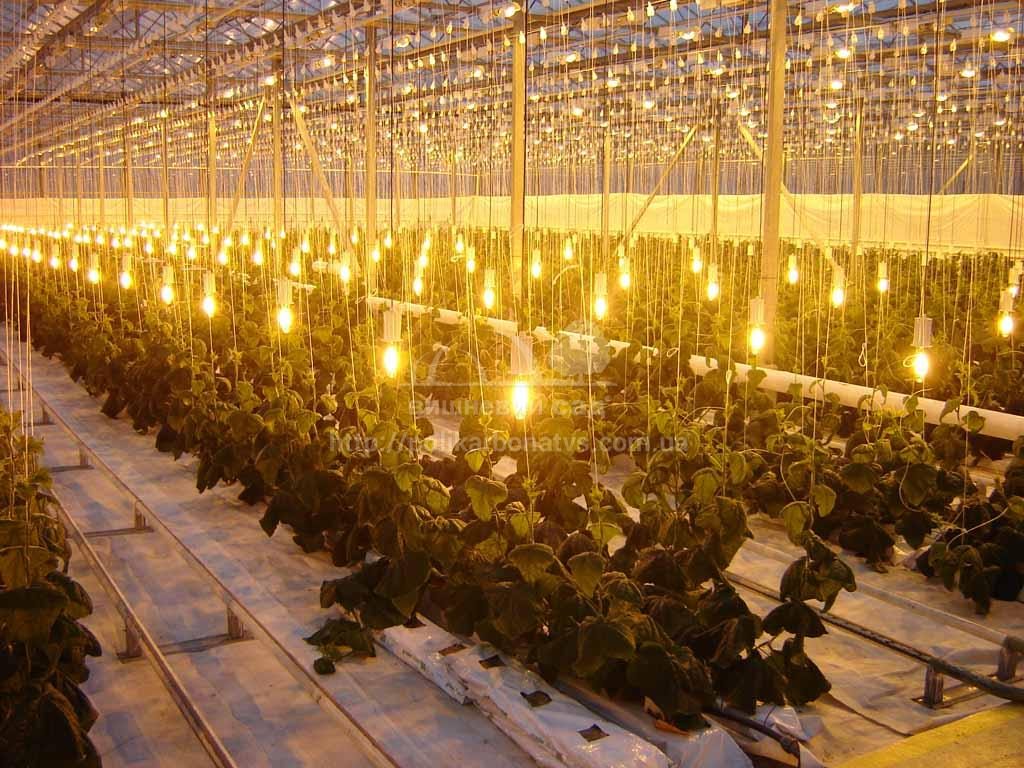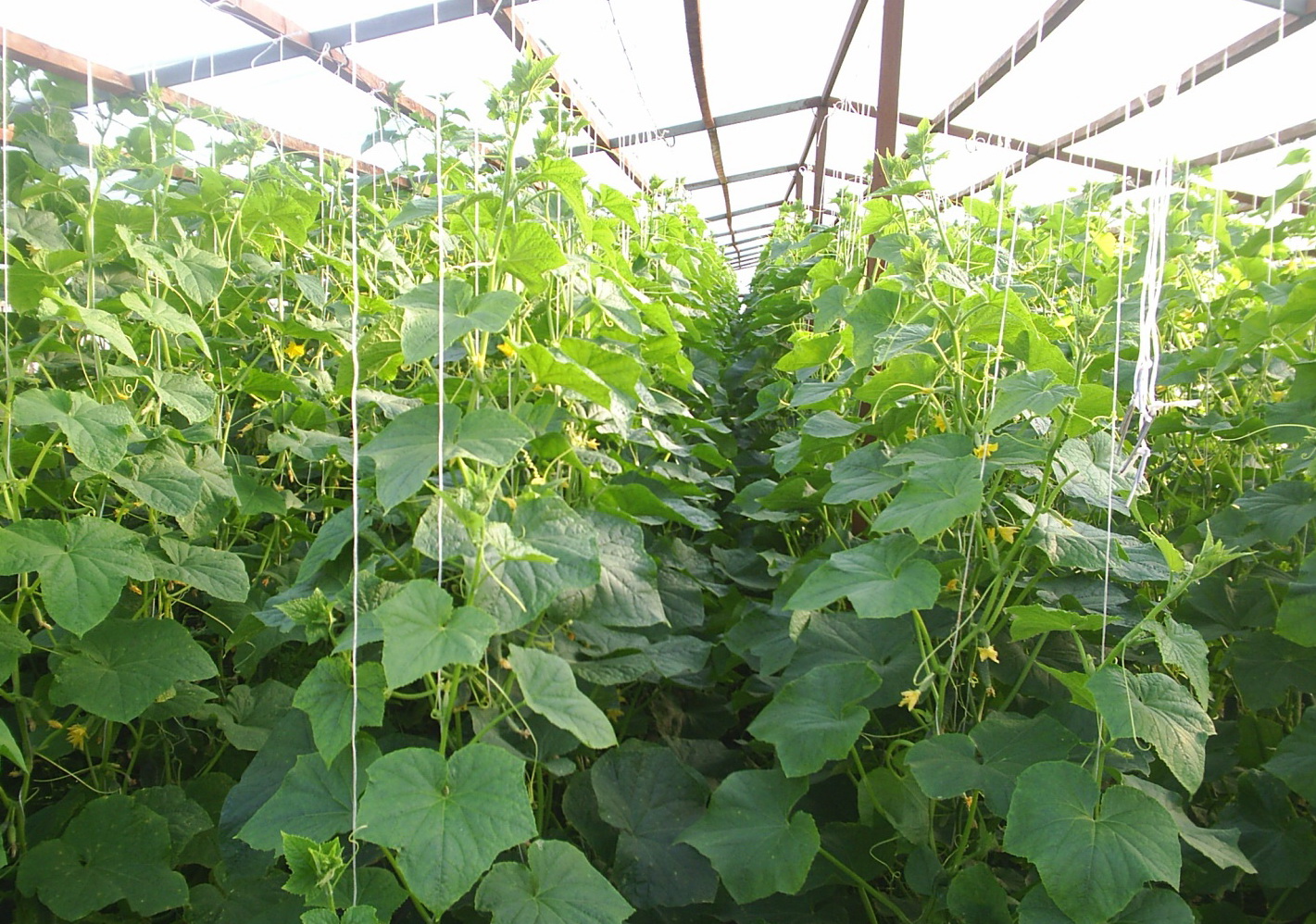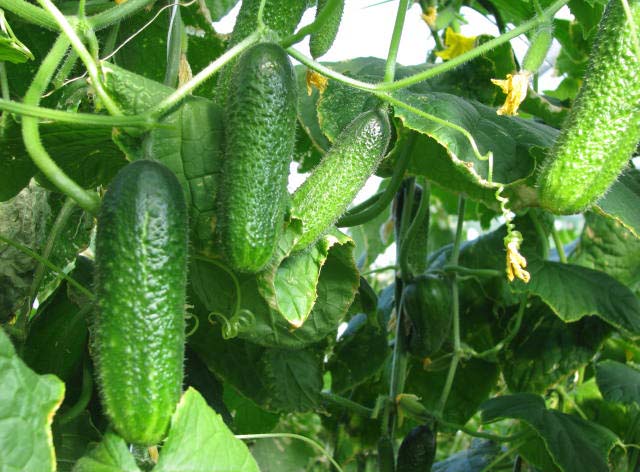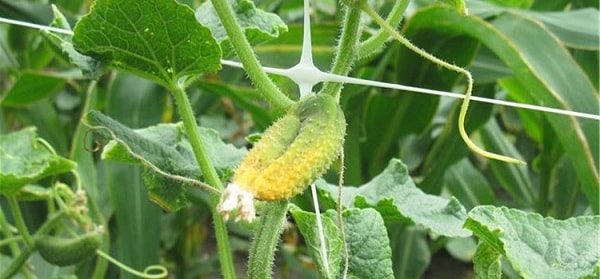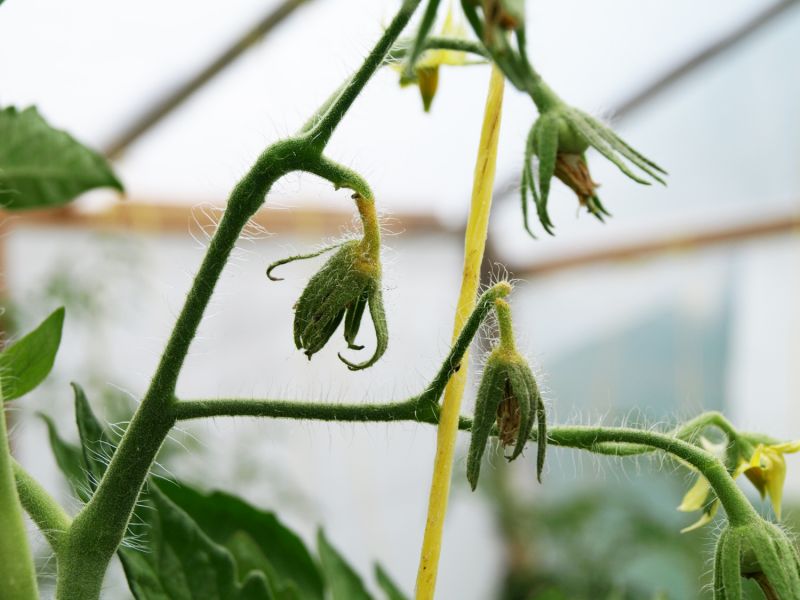Content:
Although a radish is an unpretentious frost-resistant vegetable, it is not at all easy to grow it large and tasty. It can be shallow, bitter, hard, or hollow. This usually happens if the plant goes into the arrow and blooms. Beginners and experienced gardeners do not always understand why the radish goes to the arrow. What to do to grow a good harvest?
Agricultural technology for growing radish
To get a decent harvest of radishes, you need to create optimal conditions for its growth. It is better to grow a crop on soils rich in organic matter: black soil, light loam and cultivated bog soils. If the soil does not meet these criteria, then mineral fertilizers, compost or humus must be added to it.
Plant radishes in well-lit and open areas. The root crop feels best on the soil on which tomatoes, potatoes and onions previously grew. In addition, radishes are comfortable to grow next to carrots and onions.
Radishes are sown at several times. The first sowing takes place in April. The crop will be ready for harvest in 25 days. Then the crop can be sown every 15 days, even until September. But still, to get a good harvest, vegetable growers recommend planting radishes in spring or already in September, since the plant does not like hot weather and long daylight hours.
Experienced gardeners advise, after sowing, to mulch the soil with humus, about 2 cm thick.
In order for the roots to be large and the yield high, sow only with large seeds (at least 2.5 mm). Radishes grown from small seeds develop flower stalks much faster. This means that all the forces of the plant will go to flowering, and there will be nothing left for the root crops.
To obtain a rich harvest of radish, watering is also very important. After all, moist soil is the key to the successful cultivation of radishes. It is even better to combine watering with plant feeding. Watering the plant should be abundant, the ideal time for it is evening. After all, the roots of radishes reach up to 30 cm deep, and surface watering will only clog the soil and prevent the plant from forming root crops, which is why the radish goes into the arrows. It is necessary to water the vegetable every 2 days, and daily in summer.
Seedlings go to the tops
Gardener beginners often face certain challenges when growing radishes. For example, thick tops are growing, but radishes are not growing, what to do in this case? Why does radish go to the tops?
This problem is especially relevant for those people who do not have their own garden and tried to grow a root crop in an apartment on a windowsill.
In this case, the radish was not tied for the following reasons:
- Ground temperature is too high. Radish is a plant that benefits from a little freezing. If a box with seeds is placed next to the batteries, then both radishes and tops will grow poorly. In apartment conditions, a balcony is much more suitable for a mini-garden;
- The soil is oversaturated with nitrogen. If there is too much nitrogen in the ground, then the plant will go to the tops. You can even out the soil balance with potassium. For this, oak bark ash is best suited;
- Very dense planting.Young shoots must be thinned out even before the appearance of the second leaf, otherwise the radish will not be able to form root crops;
- Poor lighting. If the plant has little sunlight, then it will not want to set fruits. There is only one way out - to rearrange the box with seedlings in a suitable place or artificially illuminate with a fluorescent lamp;
- Poor drainage. Clayy or very thick soil is not suitable for growing this vegetable, which is why the planted radishes go to the tops. Sand or perlite must be added to such soil.
If the plant in the garden has gone into greenery and does not form root crops? Why are radishes drawn? The most common reason is the wrong sowing date (too late). Summer is the most unfavorable period for growing crops. Due to the long daylight hours and hot weather, radishes are more likely to release an arrow. The fruiting of a crop is very dependent on the soil (it should be neutral or slightly acidic), on soil moisture and on good illumination, as already described above.
You also need to be extremely careful with fertilization, as an excess amount of nutrients will cause strong growth of greenery and shooters. If you sow radish on fertile soil, then it no longer needs additional fertilizers.
How to fix the problem
If the radish seedlings are stretched out, what to do? To correct the situation, you can completely cut the tops. After such drastic measures, the radish will either wither or form a fruit.
There is also one trick to start the root crop formation process. As soon as the fourth leaf appears on the trunk, you need to temporarily stop watering. The greens will lose their tone, and all the plant's strength will go to the formation of fruits.
If this method did not help, and the radish went into the arrow, then you will have to pull out the plant and sow it again. To prevent the situation from repeating itself, it is necessary to choose a good variety of radishes and high-quality seed, as well as observe the above-described agricultural cultivation techniques.
Radish in the greenhouse: tips
Radishes can be grown in greenhouses and under a greenhouse shelter during the cold season. So that there are no questions about why radishes are not tied in greenhouses, you must follow the following recommendations:
- It is important to choose the right variety. Today, the most suitable for greenhouse soil are the following varieties of radishes: Verano, Saxa, Helro, Silesia, Warta, Rova, Robino, Krasa, Globus and others. According to the observations of specialists, these varieties give the best indicators in terms of the quality and quantity of seedlings, as well as in the rate of crop maturation;
- For sowing, you need to select the largest and highest quality seeds (2.5-3 mm). After all, only such are able to take root in a closed place and show high results;
- The soil for planting radishes in the greenhouse should be loose, fertile and well-drained. You can even use a special ready-made soil medium designed for the growth of main crops. But the soil should not be excessively fertilized, as this will provoke the lush growth of greenery and the formation of peduncles. Therefore, when preparing the soil, it is important not to overdo it with fertilizers;
- Plant radishes in a heated greenhouse in January. But, if the greenhouse is not heated, then not earlier than mid-March;
- There should be a distance of at least 8 centimeters between the rows, and 4 cm in the rows between plantings. It is this planting pattern that will contribute to a good harvest. You can plant radishes at a shorter interval than recommended, because not all seeds will sprout. After thinning the rows and leaving a distance of 4 cm for further crop growth;
- The temperature inside the greenhouse must be maintained at + 9-10 ° C in winter and up to + 16 + 18 ° C in early spring. It is also necessary to control the temperature of the soil in which the radish is planted - + 12 + 14 ° C. Failure to comply with the temperature regime can be another reason why good radishes do not grow in the greenhouse;
- It is important to create the right lighting in the greenhouse.That is, the daylight hours should be short, and the lighting itself should be intense. If these conditions are not met, the plant will begin to shoot;
- Another good reason why radishes are not tied in the greenhouse is insufficient watering. Radishes that grow in a greenhouse need more moisture than radishes that grow outdoors. If the soil is already dry, it should be watered immediately. The main thing is not to overdo it so that the root system does not rot. If you provide good watering to the vegetable, then the harvest will be good. After all, the beautiful shape, color and taste of radishes depend on soil moisture. With insufficient watering, the roots are hard and bitter in taste;
- The greenhouse must be well protected from frost and wind. Although the radish can withstand sub-zero temperatures, it is better to create optimal conditions for the development of culture for good fruiting. The best material for a greenhouse is polycarbonate. The film coating is not suitable for a radish greenhouse in winter.
If you follow these recommendations, then this will allow you to tie radishes without problems. You no longer have to face the question of why the planted radish grows poorly, what to do.
